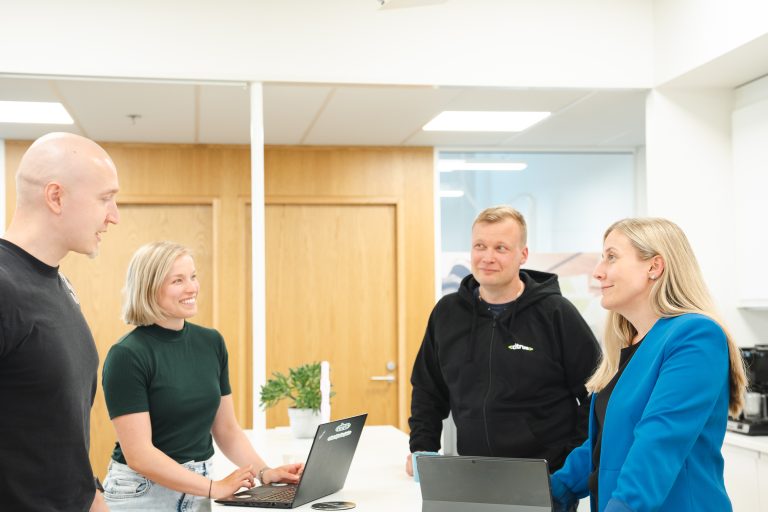
What does supply chain risk management mean?
Supply chain risk management refers to the processes of identifying, evaluating, and managing risks that can affect the company’s supply chain. The goal is to ensure reliable deliveries, control costs, and protect the company’s reputation as well as customer relationships.
Typical risks include supplier risks (e.g., bankruptcy, weakened delivery capacity, quality issues), geopolitical risks (e.g., trade wars, tariffs, sanctions), natural disasters (e.g., earthquakes, floods, wildfires), cyber threats and data security issues, logistics risks (e.g., delays, transport strikes, cost changes), financial risks (exchange rate fluctuations, changes in raw material prices), and regulatory and compliance risks (e.g., compliance with various regulations, reporting, ethical issues).
How is risk management carried out in practice?
Effective supply chain risk management is built on the following steps:
1. Risk identification
- Mapping risks across the entire supply chain (including subcontractors and second-tier suppliers) and systematically assessing them: what could happen and at which point in the supply chain?
2. Risk assessment
- Analyzing probabilities and impacts: which risks are the most critical for business continuity?
3. Action planning
- Identifying alternative suppliers, reviewing contract terms, optimizing inventory levels, considering possible insurances, outsourcing. Sometimes a risk may also be accepted if it is small and manageable.
4. Monitoring and continuous improvement
- Regularly updating the risk status, collaborating with suppliers in risk management, and using tools to support risk management.
How does Noventia’s Supplier Management support risk management?
Risk management requires data, transparency, and collaboration. Noventia’s Supplier Management provides exactly these centrally and digitally.
1. Supplier risk identification in one place
All supplier information is collected into one centralized solution, making risk mapping and management significantly easier:
- Critical suppliers can be identified and classified based on risk.
- Missing certifications and responsibility data are immediately visible.
- Supplier quality, responsibility, and performance can be continuously monitored.
2. Automated checks and document management
The system can send reminders about expiring contracts and outdated documents, such as signed agreements. Quality and environmental certificates, as well as responsibility and ethical commitments, are also clearly available in one place.
The tool reduces manual work and ensures that suppliers meet company requirements.
3. Supplier portal: real-time data directly from suppliers
Suppliers can update their information and upload the requested documents into the system themselves. This keeps the data up to date and provides sourcing teams with real-time visibility into potential risk factors.
4. Management of audits and other supplier evaluations
Comprehensive supplier audits can be carried out with Noventia’s tool. Also third-party
assessments can be included.
5. Data-driven risk management
Noventia’s solution enables:
- Supplier risk classification
- Use of external data sources for a comprehensive overview (e.g., risk ratings, compliance data, financial data, sanction data)
- Collection and reporting of responsibility data (e.g., ESG data collection)
Data-driven management enables systematic risk identification and classification. The information can also be integrated via APIs into other systems the company uses, such as ordering systems, ERP, and reporting systems.
Summary
Risks are part of business, but they must not control it. By building a systematic risk management model into their supply chains, companies can increase resilience, save money, and protect their competitive advantage. Future winners are not those without risks – but those who manage them best. Through effective risk management, a company can proactively identify risks and improve delivery reliability. Being prepared in advance allows faster response when problems arise, reducing operational disruptions.
Noventia’s supplier management makes risk management systematic, documented, and transparent. It helps reduce uncertainties in the supply chain and strengthens the organization’s ability to operate sustainably even when conditions change rapidly.
Would you like to know how Noventia’s supplier management could help your organization with proactive and responsible risk management? Get in touch, and let’s find out together!

